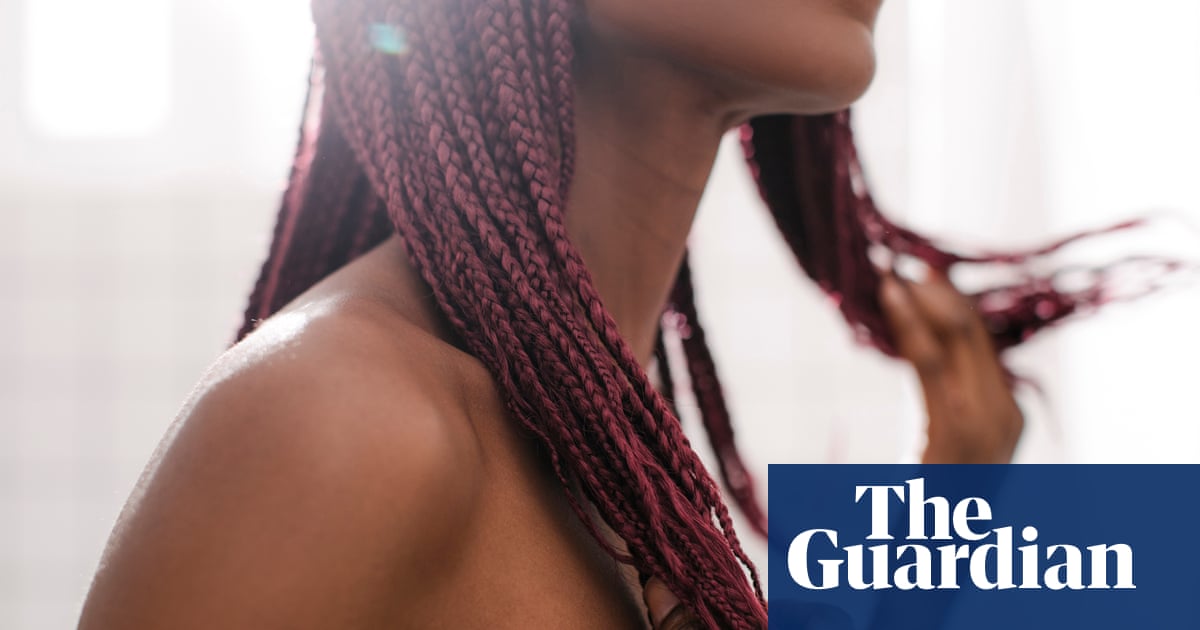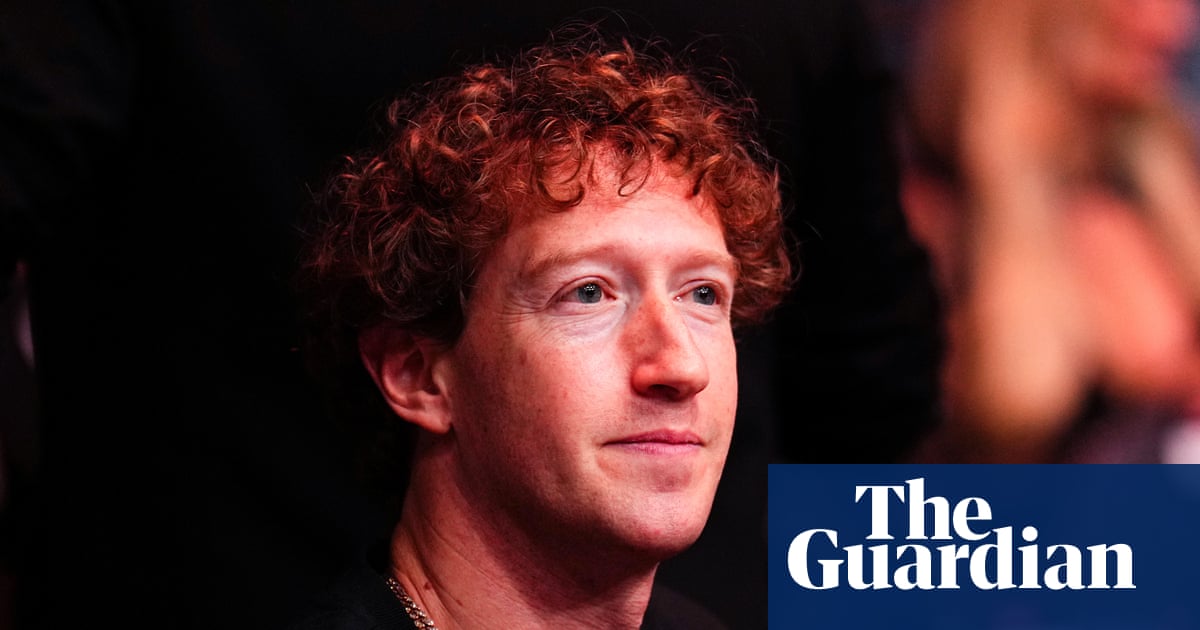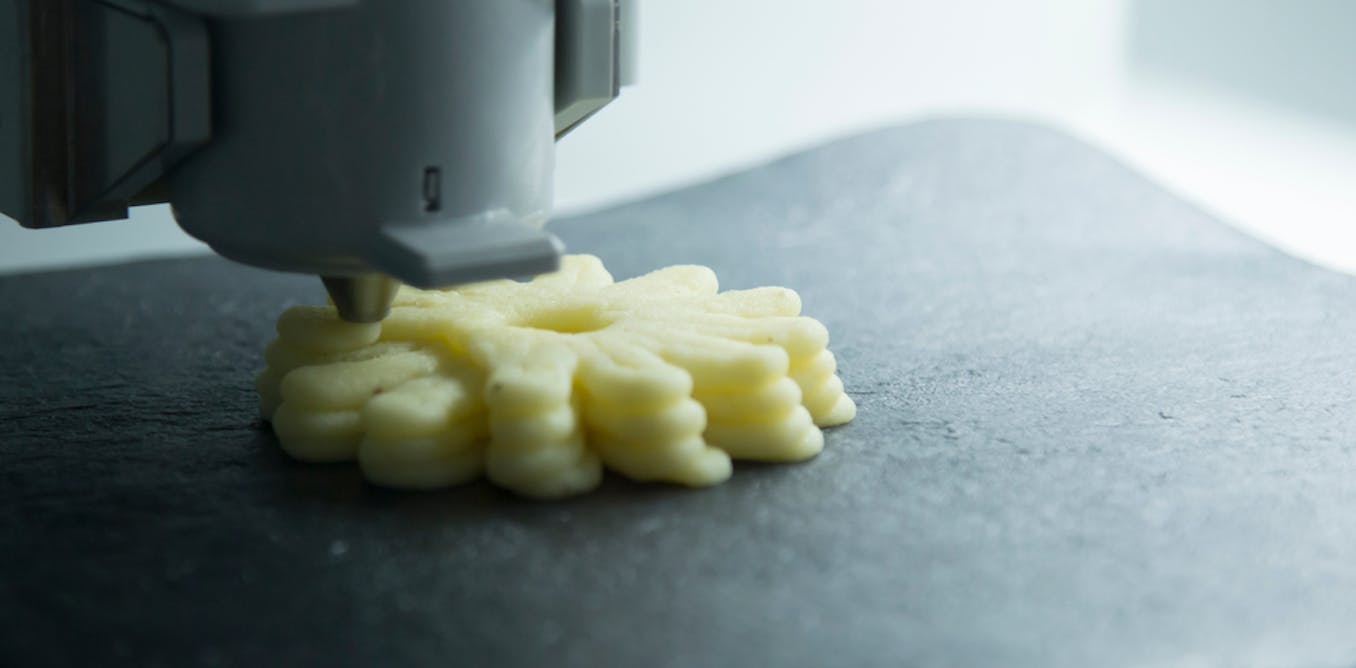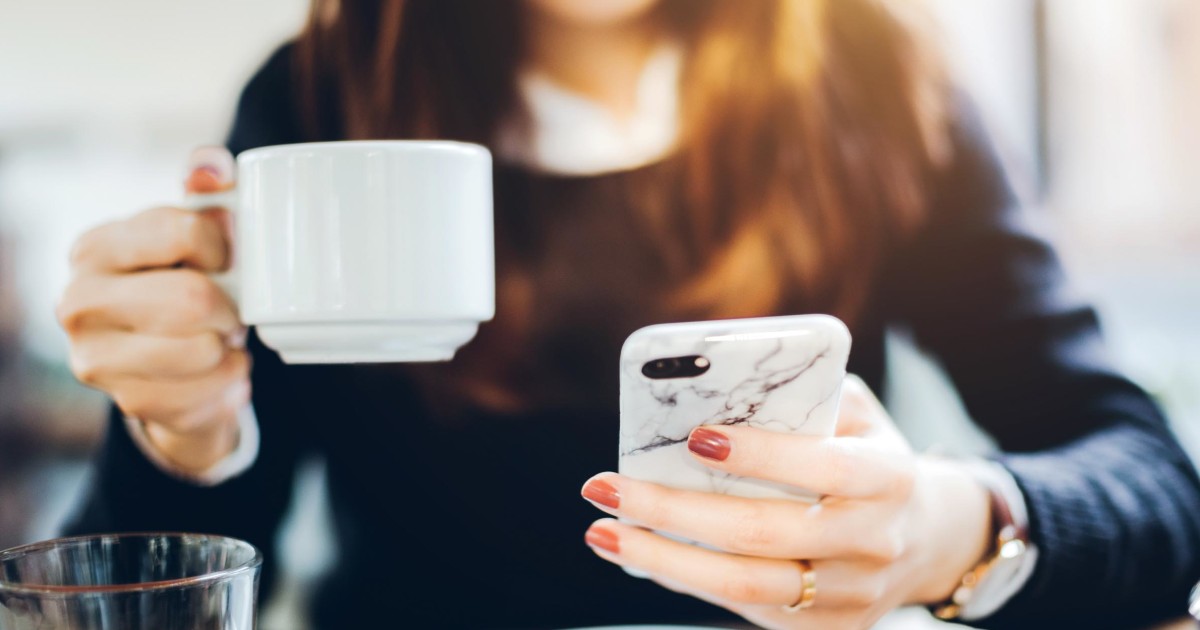Concerns Arise Over Toxicity in Synthetic Braiding Hair Used by Black Women

In recent years, the personal care industry has come under increasing scrutiny, particularly regarding products aimed at Black women. A significant focus has emerged around chemical hair straighteners and their potential health risks. These products, often referred to as perms or relaxers, have been condemned by health professionals for their association with serious health problems, including fertility issues, scalp irritations, and an elevated risk of various cancers.
In response to these alarming findings, many Black women have embraced natural hairstyles that afford them a way to avoid harmful chemicals. One popular choice has been braids, which provide a protective style that can enhance natural hair growth and minimize breakage. However, a recent study has unveiled troubling findings about the very synthetic braiding hair that is often used in these styles. Brands such as Magic Fingers, The Sassy Collection, Shake-N-Go, Darling, Debut, Hbegant, and Sensationnel—known for their mass production of synthetic braiding hair—were tested and found to contain dangerous carcinogens, heavy metals, and other hazardous toxins.
The Consumer Reports (CR) study revealed that every tested sample of braiding hair contained volatile organic compounds (VOCs), a group of human-made chemicals typically found in products like paints and industrial solvents. Exposure to these VOCs poses a variety of health risks, including respiratory issues, nausea, and fatigue. Moreover, prolonged exposure has been linked to an increased risk of cancer and potential organ damage.
What many may not realize is that exposure to these harmful chemicals can occur not just during the installation of the synthetic hair, but in various everyday situations. According to Dr. James Rogers, director and head of product safety testing at Consumer Reports, synthetic braiding hair can become brittle, leading to small pieces breaking off and potentially being ingested accidentally. “Even ingesting just a small amount of braiding hair material could possibly give you enough lead exposure to push you over the limit of what is considered safe,” Rogers explained.
Globally, braids hold a special place in the culture and identity of Black individuals. These hairstyles not only offer aesthetic appeal but also serve as a means of expression and connection to heritage. Various braided styles, such as box braids, knotless braids, twists, and goddess braids, are widely adopted across different age groups. They are often worn for extended periods, making them a low-maintenance option that supports hair health.
The cultural significance of braids has only intensified since the natural hair movement gained momentum in the 1960s, symbolizing both an embrace of Afro-textured hair and a broader affirmation of Black identity. This shift away from chemical straighteners has been further propelled by recent research indicating the serious health risks associated with these products. A notable study conducted by the National Institute of Environmental Health Sciences in 2022 linked frequent use of relaxers to a heightened risk of uterine cancer. Following a cohort of 33,497 women aged 35 to 74 over 11 years, the findings revealed that those who used hair straightening products more than four times a year saw their cancer risk more than double.
These alarming revelations have sparked significant public outcry, leading many women to join class-action lawsuits against manufacturers of these chemical hair products, citing a direct correlation between their use and the development of cancer. However, the recent concerns raised about the safety of synthetic braiding hair add another layer of complexity to the health landscape for Black women, suggesting that even efforts to avoid hazardous chemicals may still leave them vulnerable.
The CR study, which focused on 10 of the most popular synthetic braiding hair brands, found that three of these brands contained benzene, a chemical closely associated with an increased risk of leukemia. Additionally, nine of the samples exceeded the safe levels of lead, while more than five samples emitted over 500,000 measurable VOCs, with four samples exceeding one million.
To better understand the health risks posed, researchers explored the different ways in which exposure to these chemicals might occur. Besides ingestion, braids are often treated with hot water or exposed to open flames during the styling process, both of which present additional opportunities for harmful chemical exposure.
The findings of the CR report build upon a limited body of research addressing the presence of toxins in synthetic braiding hair. A pilot study from 2020 by scientists at the University of Colorado Boulder highlighted the emission of at least nine VOCs when synthetic hair was heated.
Chrystal Thomas, a medical student at the Albert Einstein College of Medicine in New York, has her own troubling experiences with synthetic braiding hair. In 2023, she developed adverse reactions shortly after getting braids, noting an unpleasant odor reminiscent of “new car or mattress,” which persisted even after multiple washes. Alarmingly, she began experiencing breathing difficulties and a sensation of tightness in her throat. Ultimately, she decided to remove her braids within a week in search of relief.
Despite the increasing number of Black women sharing their negative experiences with synthetic hair, Thomas pointed out the lack of scientific research focusing on these issues. “Representation [in science] matters a lot. My experience is not unique,” she emphasized, noting the lack of access for researchers to the voices of those affected.
The CR study findings were not surprising to Dr. Kristian Edwards, a former public health professor at George Washington University, who has dedicated years to tracking chemicals in beauty products targeted at Black consumers. In 2017, she established BLK+GRN, a marketplace for Black-owned, non-toxic beauty products. Edwards stressed the need for greater transparency in the ingredients listed on beauty products, including braiding hair, highlighting consumers' misconceptions that products sold in stores are inherently safe. “It requires diligence on consumers to check and make sure that all products they are using are safe, which is disheartening,” she remarked.
Furthermore, Edwards pointed to a troubling trend of undisclosed ingredients in beauty products. A recent analysis from the Environmental Working Group found that 80% of over 4,000 beauty items aimed at Black women contained at least one moderate hazard, with many brands failing to disclose crucial ingredient information.
Current regulatory frameworks are also proving to be ineffective, as Edwards noted that the focus on individual toxic ingredients allows manufacturers to continue using undocumented chemicals that may also pose risks.
In light of these findings, researchers and advocates are calling for more rigorous studies into the health effects of synthetic braiding hair and the testing of alternatives, including plant-based extensions and human hair. As consumers increasingly seek safer options, the pursuit of non-toxic alternatives in braiding hair remains a critical and ongoing conversation within the community.



























